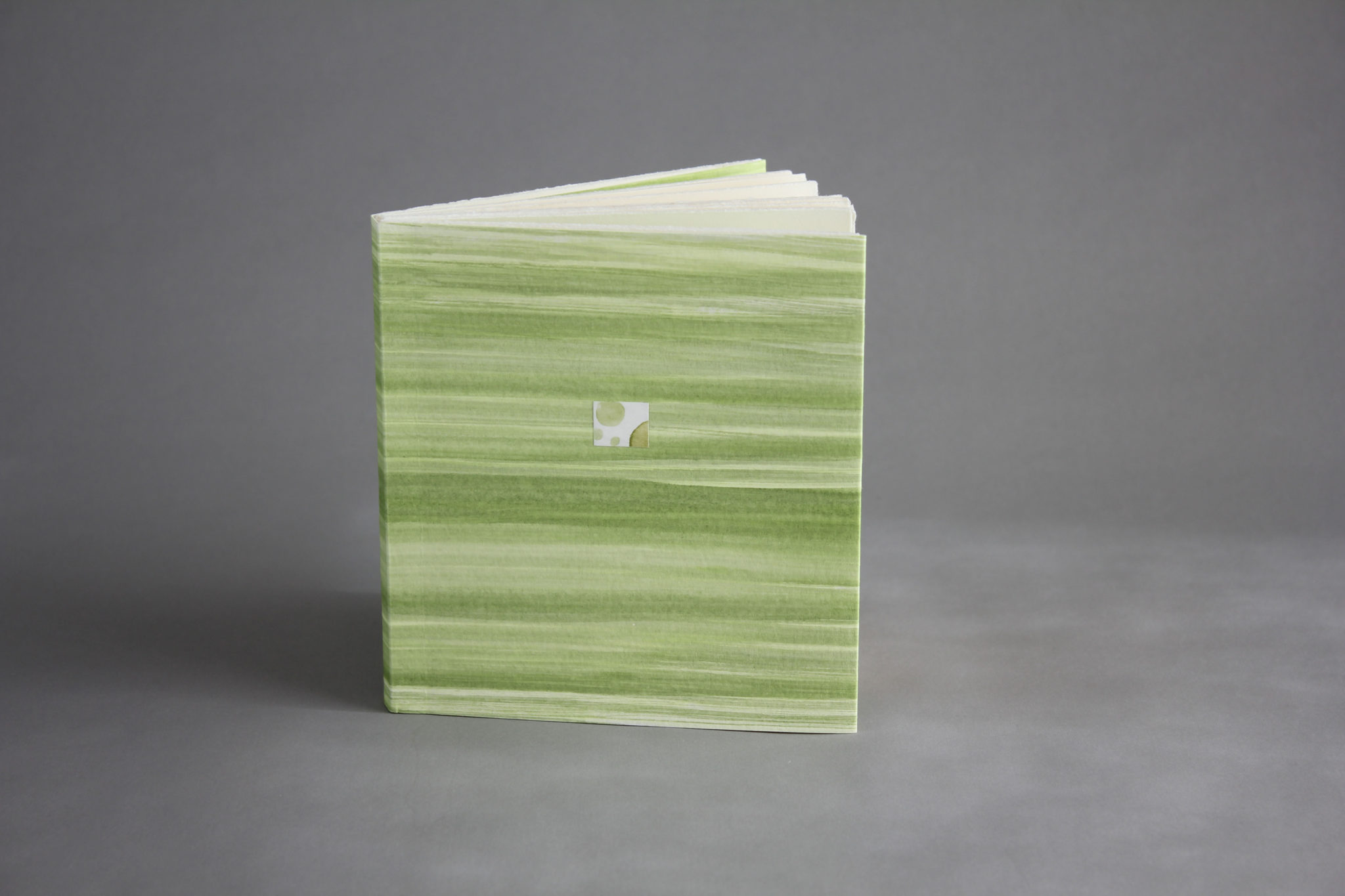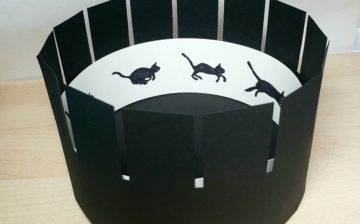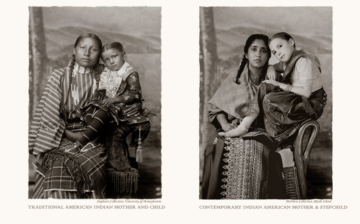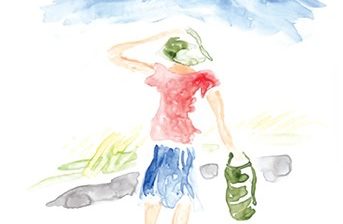Workshops
The Sewn Journal Sketchbook: A Multi-Signature Sewn Binding
There are no available registration dates at this time.
NOTE: This class will be held in a live, online format using the Zoom Platform.
Class meets from 1-4pm ET

Learn foundational binding skills, while making a multi-signature book suitable for a journal or sketchbook. Sewn in a traditional manner, it will be bound with a semi-rigid wrapper cover. Materials, simple variations, and ideas for use will be discussed, including how to incorporate photography, either printed on the pages themselves or inserted after binding. This structure is lightweight but durable, and perfect for visual journals, sketchbooks, or a traditional text- or photo-based books. We will use large paper and tear it down in class, but other paper options will be covered. Our models can be used as a journal/sketchbook or as a reference for future projects. This workshop is appropriate for those familiar with basic bookbinding vocabulary, tools, and materials.
Tools you will need:
- Double-sided tape (any kind, such as 1/2” 3M brand #415), need about 5-6 feet OR a glue stick
- A chunk of beeswax or paraffin to wax the thread (if available)
- Bookbinding sewing needle (with eye big enough for thread, but not much larger than needle shaft)
- Scissors
- Bone folder (or another tool to score a line in paper before folding)
- Ruler, 12” (longer one might be useful also)
- 2 Binder’s clips (like the small-medium size ones from the office supply store)
- Piercing tool or awl or sewing needle
- Glue brush (1/4” wide best)
- Glue, small amount needed (PVA best, or any substitute, such as Elmer’s if that’s all you have)
- Paper knife (optional, for helping to tear down paper)
- Pencil
- Scrap paper
Materials you will need:
- 1-2 sheets 22 x 30 size watercolor or mixed media paper 90 lb/190 gsm weight, such as 500 series Mixed Media Paper Fabriano Artistico, or other 90 lb watercolor paper. Arches Text Wove would also work. These are for the pages. Paper grain direction does not matter, as you will tear down your paper accordingly.
- 1 small square piece (about 7” x 7”) of thin to medium weight Eastern paper (Asian long-fibered) paper OR a piece of thin white muslin or similar cloth will do (7” x 2” strip) OR you can use a piece of thin copy paper, 8.5 x 11, to line the spine.
- 1 sheet 22×30 watercolor paper (140 lb.), such as Strathmore 400 series Watercolor paper 140lb/300gsm, 22 x 30 inches or something similar. This paper will be the cover (should fold well without cracking). A handmade paper such as Cave Paper or St. Armand would also work. This will be trimmed down in class.
- 4-6 feet of #18 (18/3) linen bookbinding thread (unwaxed preferred) OR standard sturdy button and carpet thread OR #5 perle cotton if you can’t find anything else.
Images: ©Stephanie Wolff
Share This

Instructor: Stephanie Wolff
Stephanie Wolff works with paper, text, textile, and the book form, with projects that explore themes of weather, history, and rural life, among other topics. Her artist books are held in many public and private collections, and have been exhibited in the United States and Germany. Her works are included in 500 Handmade Books, Volumes 1 & 2 (Lark Books). She has been awarded fellowship/residencies, including from the American Antiquarian Society and the Jaffe Center for Book Arts. Stephanie’s years as a book conservator at the Dartmouth College Library provided her with experience in the care and repair of a wide range of library materials, from books and manuscripts to maps, scrapbooks, and other objects. This conservation work included the creation of housing for display and storage of rare and fragile items. Her early experience in pre-digital photography—combined with a background in book arts, binding, and conservation—gives her a rich knowledge base with a range of possibilities for designs, including those that combine book forms with photographic or printed images. As a longtime teacher of book arts to college students and others, she enjoys sharing her knowledge from bookbinding, book conservation, and fine arts to help people transform their ideas into tangible creations.




